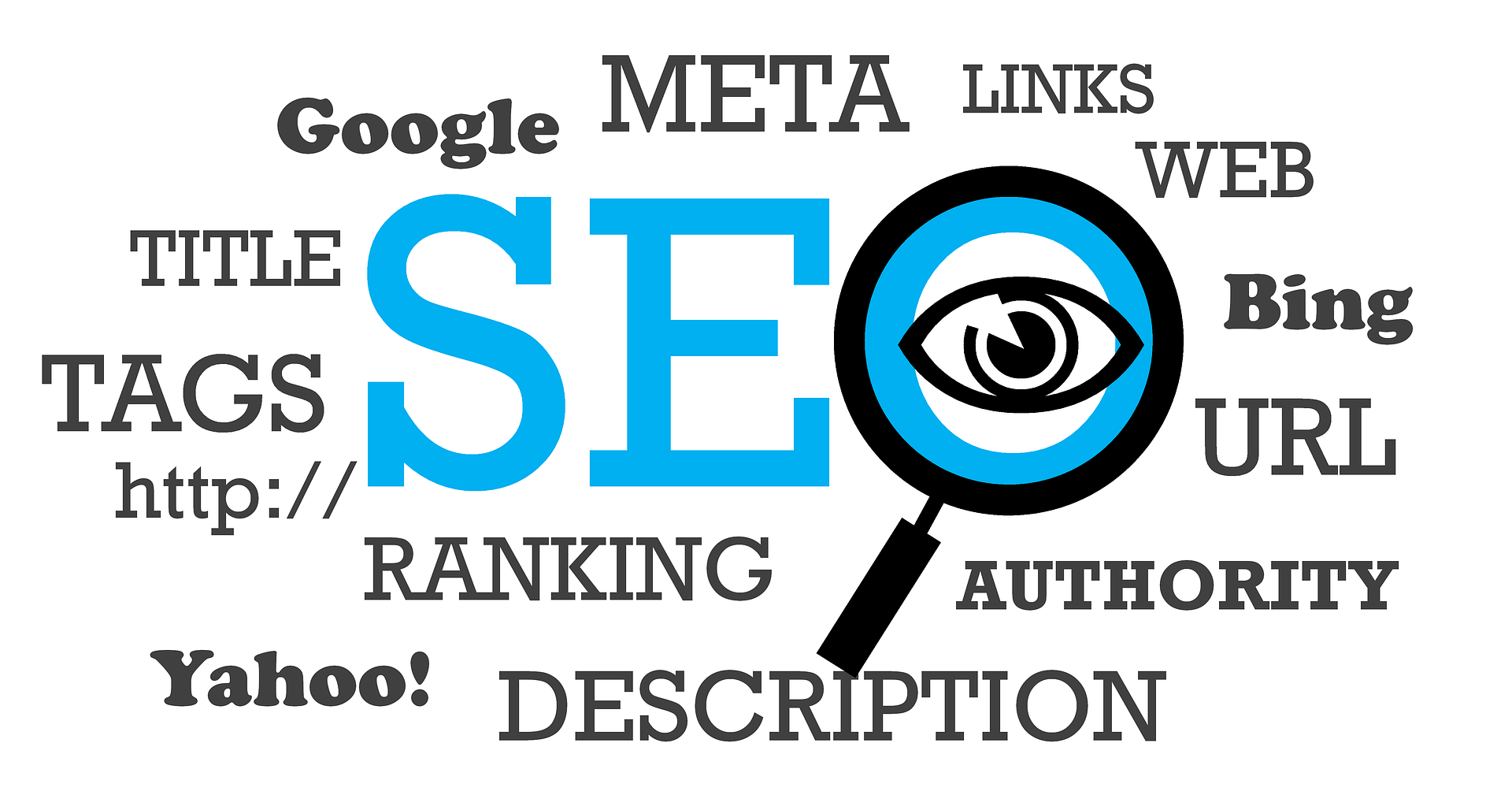6 steps to drive traffic to your website
So, you’ve got a lovely new website to market your business? Now you’re wondering how people are going to find it. If you’re not, you should be because a website alone is not always enough PR to get you found online or ranking above your competition.
Getting found online takes hard work, a lot of patience and a little bit of experimentation.
If you’re ready to take the journey, read on.
Step 1 – On-page SEO optimisation
If possible, before your website is up and running, make sure the on-page SEO is complete. That means: your content is optimised for specific keyword phrases; your content is engaging and relevant; your meta data is complete; you have not duplicated information on pages or within meta data; and your pictures have alt tags. Also, don’t forget about how a user will ‘experience’ your page. This is an important factor for Google too. If you use Google Analytics, make sure you keep an eye on how long people are spending on your site, how many pages they are browsing on average, where they are coming from and what they are clicking on. Your design should be user-friendly. Remember, if people can’t easily find what they want – no matter how aesthetically pleasing your website is – they’ll click the back button and your bounce rate will sky-rocket. A high bounce rate is bad news. You want your bounce rate to be 50% or less. Your website’s page speed should be good too. If this is a topic that particularly interests you, take a look at SEOmoz’s article on on-page optimisation.
Step 2 – Off-page SEO optimisation
If you’ve checked all the on-page SEO boxes, begin thinking about your off-page SEO. This will involve: putting your business on the social media map; creating a community on social networking sites; blogging; directory submissions; social bookmarking; cross-linking internal pages; encouraging customers to write business reviews; doing press releases; answering questions; undertaking paid advertising.
Obviously, the sooner you can also link your business website to social media pages, the better. Platforms worth considering include: Facebook, LinkedIn, Twitter, Pinterest, YouTube and whatever else is relevant to your target market. If you sell products, definitely consider using Pinterest . It may be new, but it’s a good way to generate backlinks and to increase product exposure. Plus, it’s good fun!
If you do already have social media pages set up, PLEASE link them to your website. I can’t tell you how many businesses I have come across that neglect to do this one simple thing. Furthermore, don’t expect people to naturally want to connect with you on Facebook, Twitter or whatever you’re using. You have to give them an incentive.
When I travel north from Cambridge, at some point I am required to change to the East Midlands Train line. While I wait my eye always catches one of their billboards which promote joining their online community. Best of all – it’s incentivised advertising and you actually get given a reason to connect with them socially: ‘follow us on Twitter for service updates’, ‘like us on Facebook for special offers and travel ideas’.
Bam. They’ve got you. If you’re sitting waiting for your train on a cold bench, coffee in one hand, smartphone in the other, you’re probably going to while away the time by checking their Facebook page for any of those promotions or travel ideas. You may also check their Twitter account to see if there are any service disruptions. This is an example of an effective social media call-to-action.
Step 3 – Develop a content creation strategy
I mentioned it in step 2 but I’m going to repeat myself because content creation is so important.
Blog. Blog until the cows come home or at least until your visitors increase.
Google values ‘freshness’ and blog posts provide just that – a fresh batch of content for Google’s spiders to crawl and index. This means that your free content has the potential to attract prospective customers and, if engaging enough, convert them into actual leads.
What else does lots of content get you?
- Links from other people – if you are writing useful and engaging posts
- An air of authority/expertise
- The chance for your content (blog post, picture, infographic, video) to go viral
- A visitor’s/user’s respect – if it looks as though you know what you’re talking about and you’re constantly providing answers, asking questions, etc, you’re far more likely to win out on lead generation than one of your competitors without a blog is
If you want to know more about content marketing check out copyblogger’s informative section or…take a look at our Pinterest page for some great content marketing infographics. And if you can’t think of anything to blog about – well, take a look at Hubspot’s cheeky blogpost on newsjacking.
Step 4 – Start building links
Develop a linkbuilding strategy. Apart from blogging for content creation purposes, linkbuilding is one of the most important off-page strategies for driving traffic to your website.
When it comes to linkbuilding I’d strongly recommend going with a digital marketing agency. Not because it saves time and is easier, but because doing it incorrectly can do more harm than good. Spammy linkbuilding is exactly what Google does not like. That was made abundantly clear by the Google Penguin update.
Linkbuilding you can do yourself, if you’ve got the time:
- Listing your business with reliable directories like: Yahoo, Best of the Web, etc
- Bookmarking your pages with social bookmarking tools like Digg and StumbleUpon
- Grow your social media community and post content that could go viral and get you ‘likes’ or links
- Cross-link to your own pages on your website
Step 5 – Remember where you live
Be local. Put yourself on Google Places. Put a map of your business location on your site. Get listed in local directories. Follow local businesses or companies on Twitter and Facebook (you can later convert them into leads). People often prefer to do business with someone they can speak to or who lives in their area.
Step 6 – Do some offline advertising
Don’t forget alternative forms of advertising. While digital advertising is now a norm for most businesses, many companies still invest in offline advertising.
‘Print is dead’ is a lie. If this were the case our world would look quite different than it does. Think of the billboards you pass every day; the posters and business cards in the post office; the brochures at the train station; the tube maps for the London underground; branding you see on cars; magazine and newspaper advertising; radio advertisements and so on.
Online marketing tactics are certainly not the only way you can drive traffic to your website. For the best effect, use a mixture of online and offline advertising.
Think of Bing. They run television advertisements to promote their own search engine.
Heinz uses QR codes to great effect too – sending people to a specific landing page on their website when their QR code is scanned
You could make use of QR codes on business cards, flyers and many other forms of advertising. If you’re promoting something specific or running a competition this is a great idea and will allow you to track/monitor how successful a particular campaign has been.
Want to know more about QR code advertising? Check out The QR Code Marketing Guide.
One of the best places to peruse the incredibly varied world of print advertising is the London Underground. From large printed sheet advertisements for films to smaller panel advertisements directing you to the latest enchanting musical, there really is something for everyone. I’ve seen ads for novels; ear phones, whisky, shampoo, face cream, tourism (that’s a popular one); the Amazon Kindle, Coca-cola and so on.
If you think your options are limited you’re not thinking hard enough.








